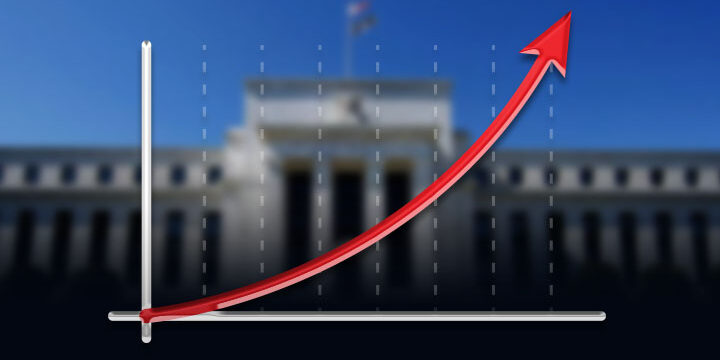
The Fed’s New inflation Measure Might be Closer to Reality
If inflation is “low” why are the prices of things so “high”?
Like most Americans, one thing that you probably can’t understand is how the price of goods—from basic household items to stocks and real estate—can be so high while the Fed keeps saying that inflation is “low.”
The answer is simple: The Fed measures inflation based on consumer prices. But wait a second...that still doesn’t make sense. Okay, when measuring “consumer prices,” the Fed excludes food and energy costs. After all, these are just costs that impact us on a daily basis.
Although the logic is now clearer, the principal still doesn’t make sense; or rather, the Fed seems to have excluded our daily realities from the equation.
But to get a “true” measure of inflation, or to evaluate the effect of monetary policy, aren’t “asset prices” a key component of that measure?
After having measured inflation the same way for several years, the Fed finally decided that, yes, perhaps “asset prices”—that broad range of assets, services, and products, where you can actually “see” the true effects of inflation—should be included in that measure. So, they revised their inflation measure last September. The Fed calls this the>u> Underlying Inflation Gauge (UIG). Yes, bureaucracy is slow. Even when it comes to common sense.
And what did the Fed discover when applying this new inflation measure? They learned that inflation was indeed higher according to the UIG versus the CPI (Consumer Price Index)!
There’s more: the UIG revealed that price trends were moving higher, while the CPI showed that price trends were moving lower.
It’s nice to know that a band of PhD economists, after having measured things the wrong way for years, finally decided that, perhaps, they were measuring things the wrong way! Lots of hope there.
Of course, assuming that inflation was staring them in the face every time they went to buy household items, paid their bills, etc., instead of trusting “experience,” they had to consult with econometric theories first because, after all, “theory” is more “real” than real experience...right? If you don’t get it, rest assured that this kind of “enlightened” thinking is attainable only if you earn a PhD in economics.
Looking at the graph above, you’ll notice that the CPI, last October, gave a measure of 2.0, while UIG measured 2.0. The Fed also realized that the UIG reading was the highest measure recorded since 2006...right before the housing market crashed. You’ll also notice that while the CPI shows a plummeting figure between 2014 and 2015, the UIG held steady, and that it hasn’t sunk below 1% since the 2009 recovery.
Here’s what Bloomberg’s Joseph Carson has to say about this new inflation measure:
Some may argue that the recent explosion in asset values could be tied to the new technological advances and gadgets. While these new innovations have clearly added value to the economy and created enormous wealth in the process, they cannot fully explain the broad surge in all types of real and financial asset values.
In a fundamental sense, asset values are highly contingent on the current level of and future expectations for inflation and interest rates. To be sure, a persistently low inflation rate suggests little downside risk to the economy, creating a vision of endless and uninterrupted economic growth, boosting investor confidence and risk taking.
Monetary policy has played a key role in asset price cycles. Not only has the Federal Reserve used its balance sheet to buy trillions of dollars of financial assets, boosting the values of all type of assets and anchoring long-term rates in the process, it also directly linked its official rate decisions to a specific rate of consumer inflation. The transparency of its future policy path has created the impression of an accommodative monetary policy, encouraging more risk-taking in asset markets...
The UIG carries three important messages to policy makers: the obsessive fears of economy-wide inflation being too low is misguided; monetary stimulus in recent years was not needed; and, the path to normalizing official rates is too slow and the intended level is too low.
Harvard University professor Martin Feldstein stated in a recent Wall Street Journal commentary that “The combination of overpriced real estate and equities has left financial sector fragile and has put the entire economy at risk.” If policy makers do not heed his advice odds of another boom and bust asset cycle will be high -- and this time they will not have the defense mechanisms they had after the equity and housing bubbles burst.
So, what have we learned here, and what might we look forward to? We have some good news and bad news.
The good news is that the Fed realized that it was using an inaccurate map to navigate the boom-bust cycle. And now, “theory” tells them that perhaps economic realities, as experienced on an everyday level, might have something to tell them about real inflation; a better map.
The bad news is that it took them years to realize what could have been grasped much sooner had they paid attention to simpler market-based principles that are closer to reality instead of convoluted theories that have no real basis in the “real” world. And to date, the Fed hasn’t done much to give anyone confidence that they can reliably or competently run an economy.
Happy New Year Everybody!













